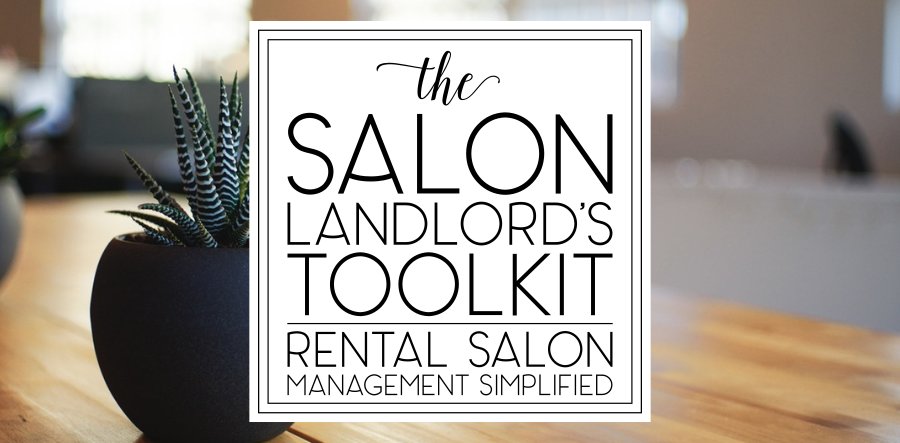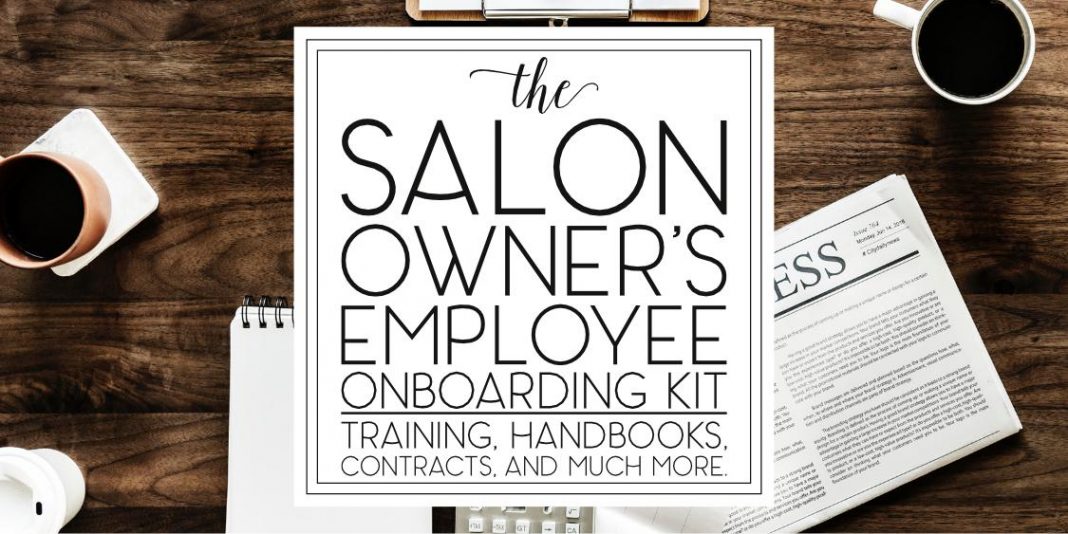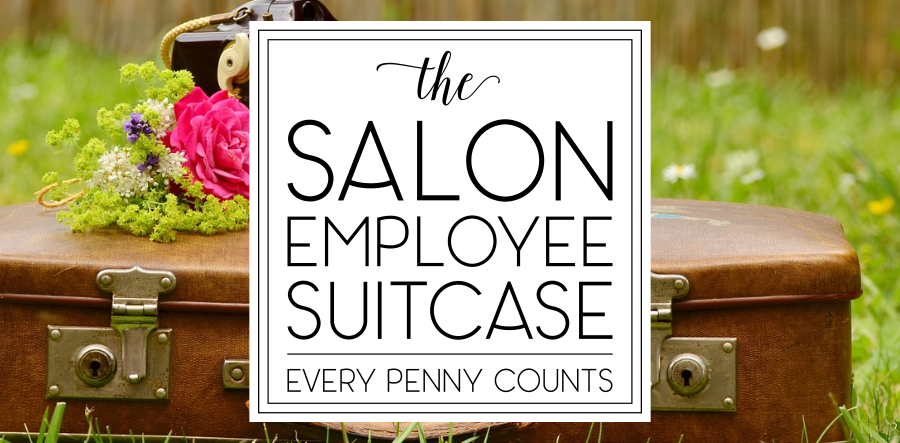So, you’ve been served. You’re freaking out, right? Stop it.
I know that packet of papers looks like it was written in another language. Your head is spinning and your heart is pounding and you feel like you’re about to throw up all over your cute new boots. Chill out. In this post, you’ll learn all you need to know about how to proceed.
Step 1: First of all, take a deep breath.
I’m a nerd. I usually write my vengeful articles with the Sith Code in mind. (“Peace is a lie, there is only passion, through passion I gain strength. Through strength, I gain power. Through power, I gain victory. Through victory, my chains will be broken. The Force shall free me.”)
For this article, you and I are going to recite the soothing Jedi Code, okay? (“There is no emotion, there is peace. There is no ignorance, there is knowledge. There is no passion, there is serenity. There is no chaos, there is harmony. There is no death, there is the Force.”)
You relax, Padawan. You’re going to get through this.
Take that deep breath. Now is not the time to panic. Keep calm and maintain your composure. Put your emotions aside. Allowing your emotions to control you will affect your ability to think clearly. Don’t get caught up feeling sorry for yourself or feeling angry at your boss. Don’t waste your energy feeling anything until all is said and done. You don’t know how this will end. Agonizing over it is counterproductive and will only hurt you.
Step 2: Read through the petition and ensure that you fully understand what your ex-employer’s claims are and what they hope to gain in court.
If you don’t understand the document, find an attorney. Don’t turn to social media or your mom’s cousin Shirley who was a temp for a tax attorney or something one summer forty years ago. See a professional.
Step 3: Once you understand the petition, determine whether you can rebut the claims made within it.
The burden of proof will always rest with the petitioner. This means that the other party will have to prove their claims against you. You are innocent until the petitioner proves you guilty.
For each claim made in the petition, you need to be able to rebut it with proof or reasonable justification for violating.
If the complaint is bogus and you have no proof to rebut it, odds are that the petitioner can’t prove it to begin with, so don’t worry about it.
For example, let’s consider a pretty typical lawsuit filed by salon owners: the NCA violation. A non-compete agreement is a clause in an employment contract that restricts a salon employee from working at a competing business within a reasonable radius for a reasonable amount of time. These contracts need to be written very specifically for them to be enforceable. The radius can’t be too far and the length of time cannot be excessive. It also needs to clearly state the capacity in which you can’t work. It needs to be very narrowly defined in order to be upheld.
If the ex-employer claims you violated an NCA, she will have to prove that. She can do this by showing a printout of a salon website that lists you as a staff member or providing a business card of yours addressed to a salon within the radius. You will then be called upon to prove that you didn’t violate the NCA, or that the NCA was unfairly/improperly written and/or did not apply to you due to your employment classification and is therefore completely unenforceable.
Step 4: Submit your answer to the court.
In general, you have 21 days total (including weekends) to reply to a complaint in writing. Your response could be “Admit,” or “Deny.” It must be in the courthouse and on file within 21 days after the day you were served. The clock starts ticking the day that process server hands you those papers. Get moving. If you do not file an answer, the court will enter a default judgement in the petitioner’s favor, granting them everything they ask for plus attorney and court fees. YOU NEED TO FILE YOUR ANSWER IMMEDIATELY.
Bad things will happen if you do not file an answer.
The next paper you get served will be a Notice of Hearing, but that hearing will be for the default judgement. You can attend, but you won’t be able to tell your side of the story.
Sometimes “answers” can be tricky. Let’s refer back to the NCA example. Suppose your ex-employer’s NCA states that you can’t work in another salon or similar beauty establishment with a 3-mile radius of their salon in the capacity of a nail technician or cosmetologist for 6 months. That is a reasonable, narrowly-defined NCA that will likely be upheld in court. Let’s assume she can prove that you violated the NCA by taking a job at a salon 2.9 miles away as a hairdresser.
You are clearly guilty and nothing you can say will change that. However, you can plead your case to a judge.
To file an answer, first type up the heading found on your complaint. The court name, the case number, the petitioner name and the defendant name. All of that stuff up there: copy it. Next, clearly write ANSWER below that heading. The complaint will have numbered paragraphs.
Go through each complaint and number your answers to correlate with them.
For example, if our sample complaint reads:
1.) Defendant willfully violated a signed non-compete agreement by taking employment as a cosmetologist at Salon Beautilicious as a cosmetologist only two weeks after resigning from Petitioner’s salon,
2.) Defendant has solicited clients of Petitioner’s salon since resigning, causing substantial loss of income for Petitioner’s business,
3.) Defendant stole and eloped with Petitioner’s pet monkey.
The response would read:
1.) Admit.
2.) Deny.
3.) Deny.
After you’ve written your responses, add numbered paragraphs of your own explaining why you feel the complaints are unjustified.
For our example situation, these paragraphs would read:
1.) Defendant can prove that in SmallTown, USA, only four beauty salons are in operation. One is Salon Beautilicious. Another, Precious Hair Factory, Inc., is located within .5 miles of Salon Beautilicious. Cookie Cutterz Salon, located 4.1 miles away, was not (and still is not) hiring (see attached rejection letter, labeled A). The final salon, Fancy Pantaloons Upscale Styling House, was the only salon seeking staff (see attached Craisglist posting schedules for March 1, 2014, labeled B). Fancy Pantaloons is located 2.9 miles away from Salon Beautilicious. Defendant desperately needed employment to continue paying her bills. She realizes that she is violating the NCA by 1/10th of a mile, but feels the filing of this motion is frivolous and is a malicious attempt by the owner of Salon Beautilicious to keep her from working. Defendant believes that Plaintiff was aware of the proximity of each competing salon to Salon Beautilicious and had this radius in mind when constructing her NCA to make it impossible for ex-employees to find employment in SmallTown, USA.
2.) Defendant willingly provides her cell phone records to prove that she has not contacted nor solicited any clients of Salon Beautilicious.
3.) Defendant is terrified of monkeys, was not aware Petitioner even owned a monkey, and certainly would not elope with one since she is already happily married to a big dumb ape. (See attached marriage certificate notarized by the Cincinnati Zoo.)
…you get the idea.
Make three copies of your answer. File one in court, send the other to your ex-employer’s attorney, and keep the third safe somewhere. Once you file your written answer (whether you admit everything or deny everything), the court will treat the case as contested and you will receive a Notice to Appear in court.
Step 5: Prepare for court.
This means gathering your evidence and preparing your counterarguments. Before you prepared your answer in step 4, you evaluated whether or not you could support yourself with proof. This is when you compile that proof. Gather evidence to support your claim.
Hearsay is not evidence.
You could try to bring in witnesses to testify on your behalf, but you want solid, legitimate, tangible proof. Leases, contracts, receipts, pay stubs, recorded phone calls, text messages, emails. Those things are legitimate and tangible. They are admissible in court if submitted as evidence properly.
For emails, print out the message itself and the authentication. To get the authentication in Gmail, click the little upside down arrow next to the Reply button. From the dropdown menu, select “Show Authentication.” Print that. That mess of code is an authentication. It shows the content of the message, when and from where it was sent, and when and where it was received.
For text messages, download an application that keeps your date/timestamps in place and emails the exact transcript to you. I use EmailMyTexts, but I’m sure there are a ton on the market that operate the same way.
If you don’t have an attorney, you need to evaluate these five things:
1.) Does the law support your plaintiff’s case?
Let’s take our NCA example from above. Perhaps our defendant in that example was classified as an independent contractor. According to federal tax laws, non-compete agreements directly conflict with that independent classification. A business owner can’t restrict that IC’s ability to work at other establishments unless that owner hires that contractor and puts them on the payroll as an employee. In that case, the law would not support the plaintiff’s case.
2.) Does the law support your case?
In contrast, if our NCA violator was a legitimate employee of Salon Beautilicious, then the NCA would be binding. The law would not support that defendant’s case.
3.) Can the plaintiff prove their claims?
Always assume the plaintiff has you dead to rights, even if you don’t know for sure. Assume that they can prove that you did whatever they’re accusing you of. If you definitely did not commit whatever transgression they’ve filed in their complaint (like eloping with a nonhuman primate), don’t worry about proving otherwise. If they bring up a claim, they have to provide proof (like an inter-species marriage license). However, if you do have proof to the contrary (like medical records detailing your ongoing therapy to conquer your fear of monkeys), gather it anyways.
4.) Can you prove your defense?
You don’t necessarily have to prove your defense, particularly if the claims are unfounded. However, if you can support your defense with documentation or proof, do so. It will help you immensely.
In our NCA example, the defendant provides a listing of all salons in SmallTown, USA. On a separate form, the distance of each salon from Salon Beautilicious is specified and Google Maps are provided to illustrate this distance. She also includes the business license information for each salon which shows their establishment dates were all prior to that of Salon Beautilicious. The defendant can then argue that the plaintiff crafted her NCA to exclude all but one salon in town, making it impossible for anyone that left her salon to find work in SmallTown.
To support her argument that none of the competing salons were hiring, the defendant provides written rejection letters from all but one salon (the one she is currently employed at).
To support her argument that she has not solicited any clients from Salon Beautilicious, our defendant provides a list of clients that she has serviced since obtaining employment at Fancy Pantaloons and her cell phone records to show she hasn’t contacted anyone by phone.
To support her argument that she desperately needed employment, the defendant can provide bank statements and copies of her bills, illustrating her dire need for income.
5.) Do you have a claim against the plaintiff?
This is my personal favorite. Sometimes, owners go to court and file, representing themselves, and have no idea that they’re incriminating themselves by doing so.
A good example of this is a salon owner who sues an ex-employee for breaking an employment contract that specifies an employment term. You see this with owners that charge employees for training. Part of their contract will require that employee to work for them for a period of time (usually two years) to “repay” their training. This is indentured servitude. It is unconstitutional and illegal. In this situation, the defendant would have a serious claim against the plaintiff. All it would take is a copy of their contract (which the owner may have filed themselves into evidence when they made their claim). Yeah, this happens.
Another example is an owner who sues a professional for a contract violation but doesn’t adhere to the FLSA. If the professional can prove that they were required to work overtime without pay and that their so-called “employers” weren’t paying them at least minimum wage for the hours they work, the misclassified professional could win damages from the plaintiff.
Yet another example is when a salon owner sues a booth renter for a fee for “breaching a lease” after the salon owner locks the renter out and evicts them illegally. (That one actually happens a lot.) The renter could then sue the owner for improper eviction, theft, and damages due to disrupting their business operations. If the salon landlord also required the renter to follow their rules, use their receptionist, do chores, or interfered in their business improperly, the renter could potentially have the owner sued for tax and labor law violations in addition to the illegal eviction.
Step 6: Consider your options.
There are alternatives to sitting in front of a judge. You could request mediation and try to come to a resolution with the salon owner privately. A mediator is an independent 3rd party, generally another lawyer, that both of you will split the cost for. The mediator will help you both come to a mutually satisfactory resolution.
A good mediator will sit you both down and show you what your best and worst day in court will look like. For the salon owner, her best day in court is beating you completely and getting a judgement against you. For you, your best day is getting whatever it is you want and walking away without having to pay anything.
It is extremely unlikely that either of you will get exactly what you want at the end of a hearing.
Hearings are expensive. Attorneys are expensive. Judges can be unpredictable. If your ex-boss will consider mediation, DO IT. You don’t have to agree on anything in mediation if your ex-owner is being unreasonable. All you have to do is talk it out and see if you can come to an understanding. Negotiate. Give and take. Compromise. If all else fails, go to court and put the decision in a judge’s hands.








